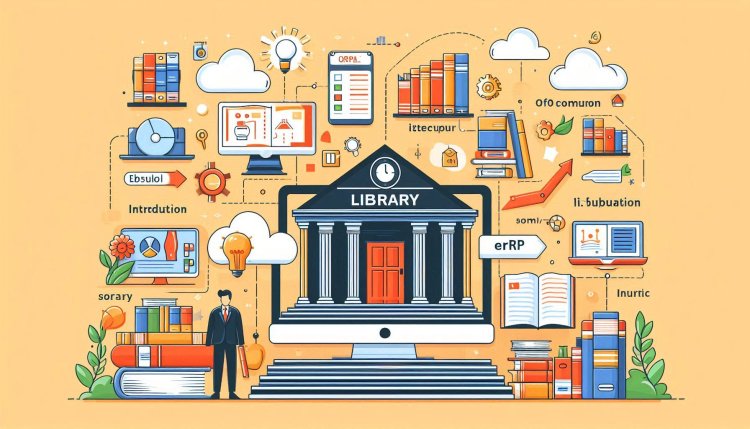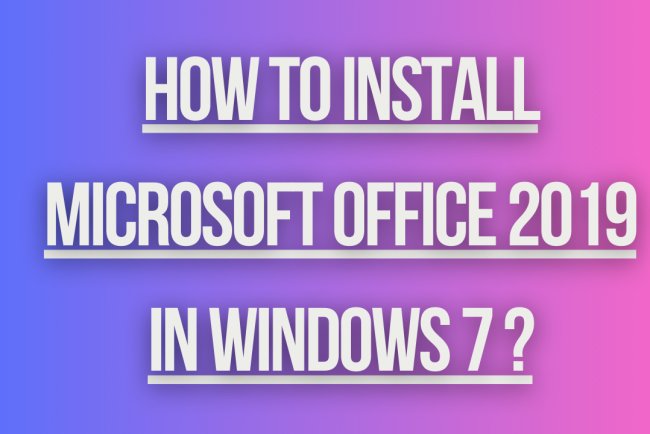Introduction to online library ERP software
Discover the benefits of online library ERP software for streamlined operations and enhanced user experience. Efficiently manage resources and access data anytime, anywhere.

Introduction to Online Library ERP Software
Libraries are essential institutions that provide access to a vast collection of information resources. Managing a library efficiently requires a robust system that can handle various tasks such as cataloging, circulation, acquisitions, and more. This is where Library Enterprise Resource Planning (ERP) software comes into play.
What is Library ERP Software?
Library ERP software is a comprehensive solution designed to streamline and automate the management of library operations. It provides librarians with tools to efficiently organize, track, and maintain library resources while enhancing the overall user experience for patrons.
Key Features of Library ERP Software
Library ERP software typically includes the following key features:
- Cataloging: Allows librarians to create and maintain a centralized database of library materials, including books, journals, multimedia, and more.
- Circulation: Manages the borrowing and returning of library materials, including issuing library cards, tracking due dates, and managing fines.
- Acquisitions: Facilitates the procurement of new library materials by managing purchase orders, vendor information, and budget allocations.
- Serials Management: Helps in the management of serial publications such as journals, magazines, and newspapers, including subscription tracking and renewal.
- Reporting and Analytics: Provides librarians with insights into library usage, collection trends, and other key metrics to support decision-making.
- Integration: Integrates with other systems such as library catalog databases, digital repositories, and authentication systems for seamless operation.
- Mobile Accessibility: Enables patrons to access library resources, search the catalog, and manage their accounts through mobile devices.
Benefits of Using Library ERP Software
Implementing a library ERP software offers several benefits, including:
- Efficiency: Automates routine tasks, reduces manual errors, and streamlines library operations.
- Accessibility: Provides patrons with online access to library resources, catalogs, and services anytime, anywhere.
- Enhanced User Experience: Improves the overall patron experience through user-friendly interfaces and personalized services.
- Resource Management: Enables effective management of library collections, acquisitions, and subscriptions.
- Cost Savings: Optimizes resource utilization, reduces operational costs, and enhances budget management.
- Data Security: Ensures the security and confidentiality of library data through robust access controls and data encryption.
Choosing the Right Library ERP Software
When selecting a library ERP software for your institution, consider the following factors:
- Scalability: Ensure the software can scale to meet the growing needs of your library.
- Customization: Look for software that can be tailored to fit your library's unique requirements.
- Vendor Support: Choose a reputable vendor that offers reliable customer support and regular updates.
- Integration Capabilities: Check if the software can integrate with other library systems and third-party applications.
- Cost-Effectiveness: Evaluate the total cost of ownership, including licensing fees, maintenance, and support costs.
Popular Library ERP Software Solutions
There are several library ERP software solutions available in the market, each offering unique features and capabilities. Some popular options include:
- Koha: An open-source integrated library system that is highly customizable and widely used by libraries worldwide.
- LibSys: A comprehensive library management software that offers modules for cataloging, circulation, acquisitions, and more.
What's Your Reaction?

















